Urban living often means limited space, but that doesn’t mean you have to sacrifice the joy of gardening. Whether it’s a small balcony, a tiny apartment corner, or even a cramped office cubicle, there are many plants that can thrive in these confined spaces.
In this guide, we’ll explore plants that can grow in small spaces, the ideal soil for each, and the care tips to ensure their healthy growth. You’ll also learn how to protect your plants during cold weather, with seasonal care tips focusing on insulation and sunlight.
1. Succulents
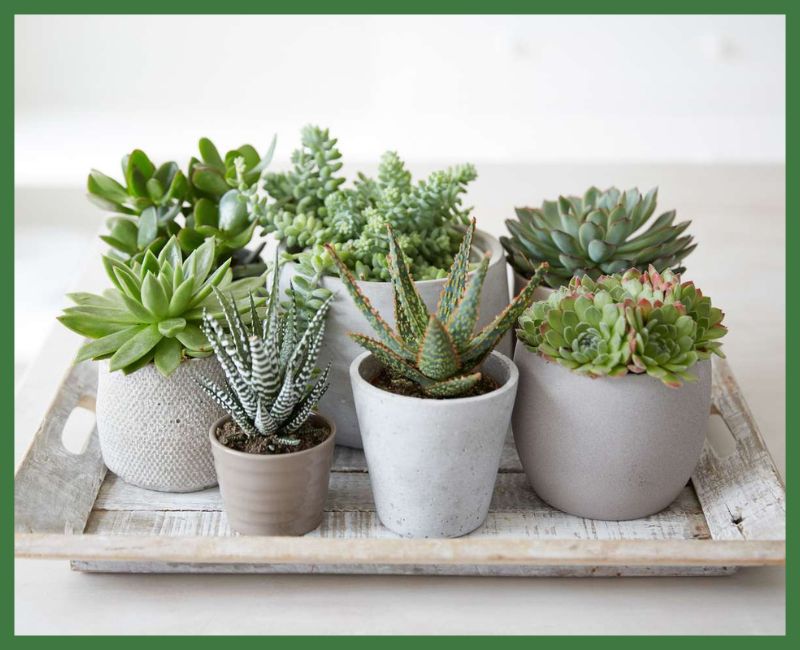
Succulents are among the best choices for small spaces. They are compact, hardy, and come in various shapes and colors. Their ability to store water makes them low-maintenance and perfect for people with busy schedules.
Soil Requirements:
Succulents need well-draining soil, such as a mix of cactus soil and sand or perlite.
Care Tips:
- Place them in bright, indirect light.
- Water sparingly, about once every two weeks.
Why They’re Great for Small Spaces:
Succulents require minimal space and are easy to care for, even in tiny pots.
2. Spider Plant
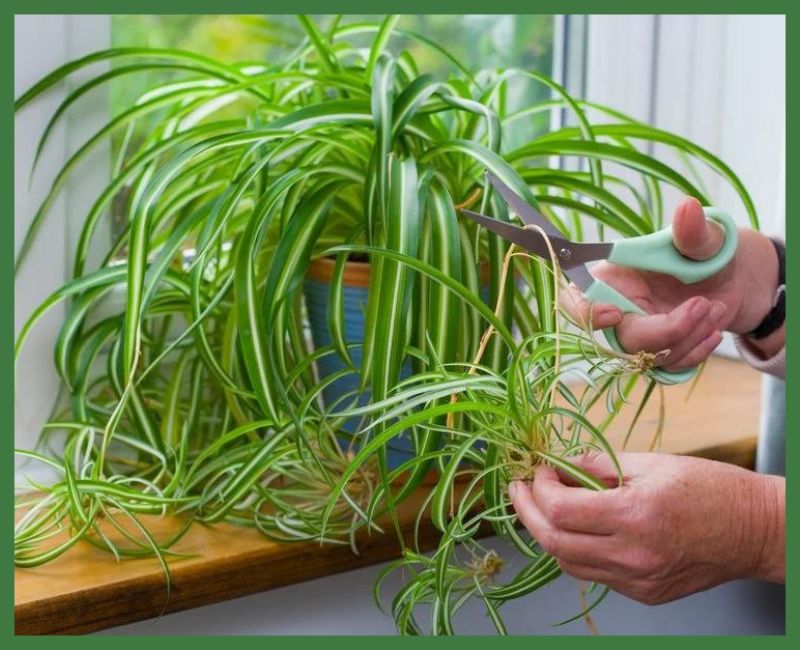
Spider plants are adaptable to small indoor environments. Their long, arching leaves add greenery without taking up much floor or counter space.
Soil Requirements:
They thrive in well-drained potting soil that retains some moisture.
Care Tips:
- Keep in low to medium light.
- Water when the soil feels dry to the touch.
Why They’re Great for Small Spaces:
Spider plants grow well in hanging baskets or small pots, making them ideal for apartments or small offices.
3. Pothos
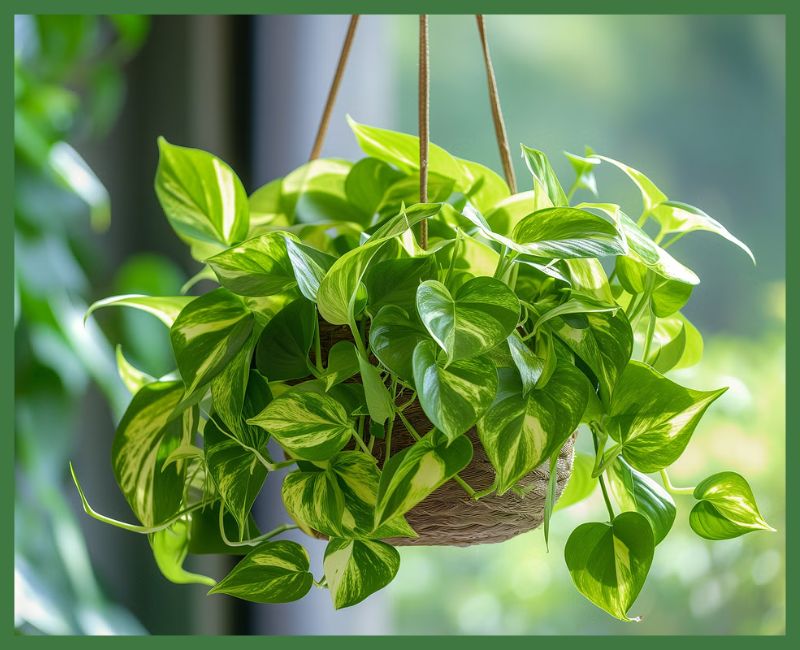
Pothos, also known as devil’s ivy, is a versatile plant that grows well in small spaces. Its trailing vines can be draped over shelves or hung from the ceiling, saving floor space.
Soil Requirements:
Pothos prefers a well-draining potting mix, such as a blend of peat, perlite, and pine bark.
Care Tips:
- Tolerates low light but thrives in indirect sunlight.
- Water when the top inch of soil feels dry.
Why They’re Great for Small Spaces:
Pothos can grow in small pots and doesn’t need much light, making it perfect for dimly lit corners.
4. Peace Lily
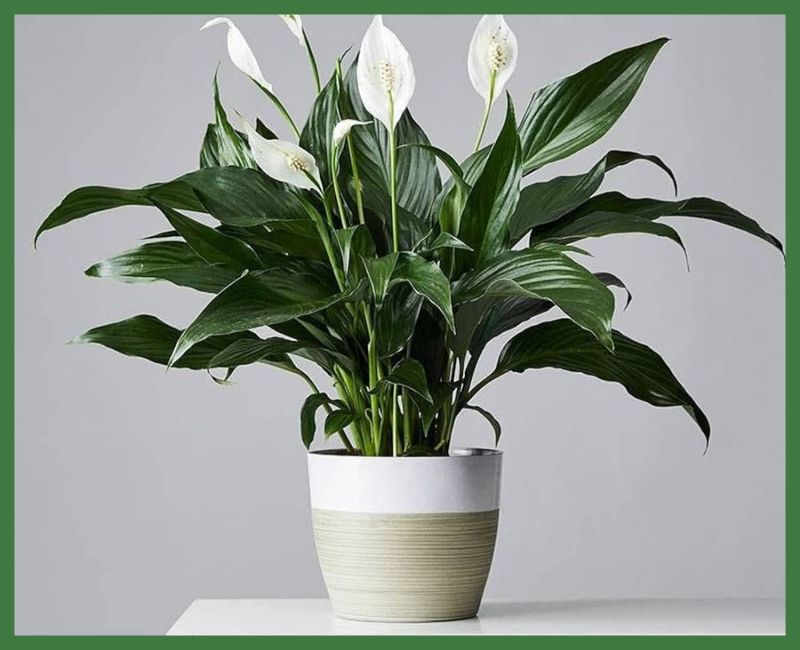
Peace lilies are compact plants that can brighten up a small room with their lush green leaves and white blooms. They also help purify the air.
Soil Requirements:
Peace lilies thrive in a rich, well-draining potting soil, ideally a mix of peat moss, perlite, and loamy soil.
Care Tips:
- Keep in low to moderate light.
- Water once a week, or when the soil is dry to the touch.
Why They’re Great for Small Spaces:
Peace lilies are low-light tolerant and add a decorative touch to any small space.
5. Bamboo Palm

Bamboo palms are compact, slow-growing plants that are perfect for small spaces like apartments and offices. They add a tropical vibe without taking up too much room.
Soil Requirements:
A well-draining potting mix with some sand or perlite is ideal for bamboo palms.
Care Tips:
- Keep in indirect sunlight.
- Water regularly, but ensure the soil doesn’t become waterlogged.
Why They’re Great for Small Spaces:
Bamboo palms grow vertically and don’t need much horizontal space, making them ideal for tight corners.
6. Herbs (Basil, Mint, Thyme)
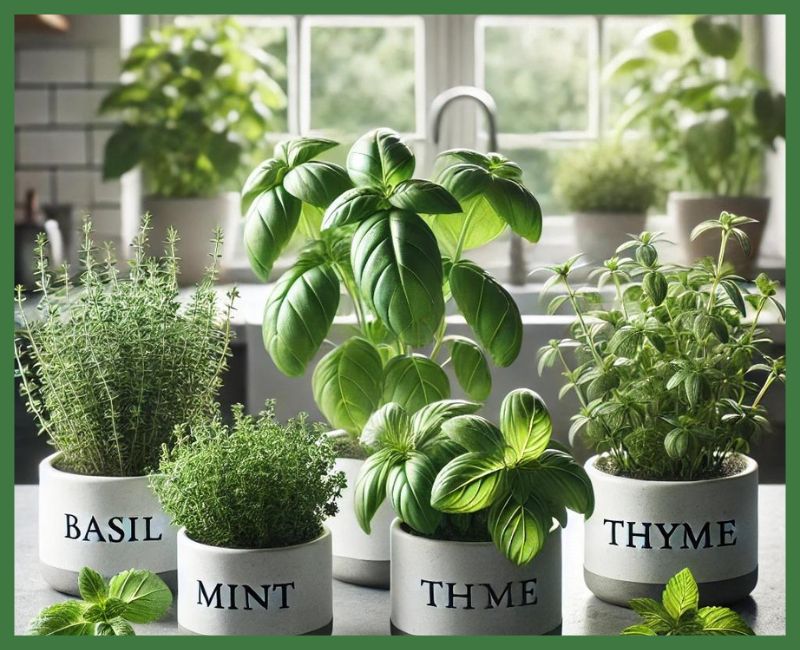
Herbs are a fantastic choice for small spaces. They can be grown in small containers on a kitchen windowsill, and you’ll have fresh, homegrown herbs on hand for cooking.
Soil Requirements:
Herbs prefer well-draining soil with plenty of organic matter. A standard potting mix with added compost works well.
Care Tips:
- Place in bright, indirect sunlight.
- Water when the soil is dry to the touch.
Why They’re Great for Small Spaces:
Herbs grow well in small pots, and many varieties thrive indoors with minimal sunlight.
7. Aloe Vera

Aloe Vera is a small, low-maintenance succulent known for its healing properties. It grows well in small pots and doesn’t need much attention, making it a perfect plant for beginners.
Soil Requirements:
Aloe vera needs well-draining soil, such as a cactus mix or a combination of potting soil and sand.
Care Tips:
- Place in bright, indirect light.
- Water once every two to three weeks.
Why They’re Great for Small Spaces:
Aloe vera is compact, easy to care for, and can be placed on desks or windowsills.
8. Snake Plant
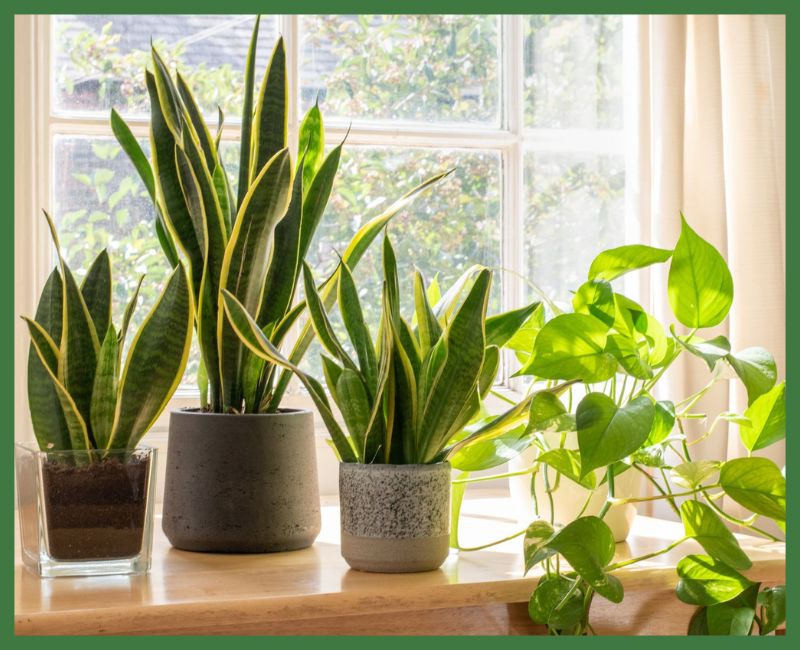
Snake plants are hardy, low-light plants that grow well in confined spaces. Their tall, sword-shaped leaves can add a modern touch to your decor.
Soil Requirements:
Use a well-draining soil, such as a cactus mix or standard potting soil mixed with sand or perlite.
Care Tips:
- Tolerates low light but thrives in indirect sunlight.
- Water sparingly, about once every two weeks.
Why They’re Great for Small Spaces:
Snake plants grow vertically, requiring little space, and can thrive in low-light conditions.
9. ZZ Plant
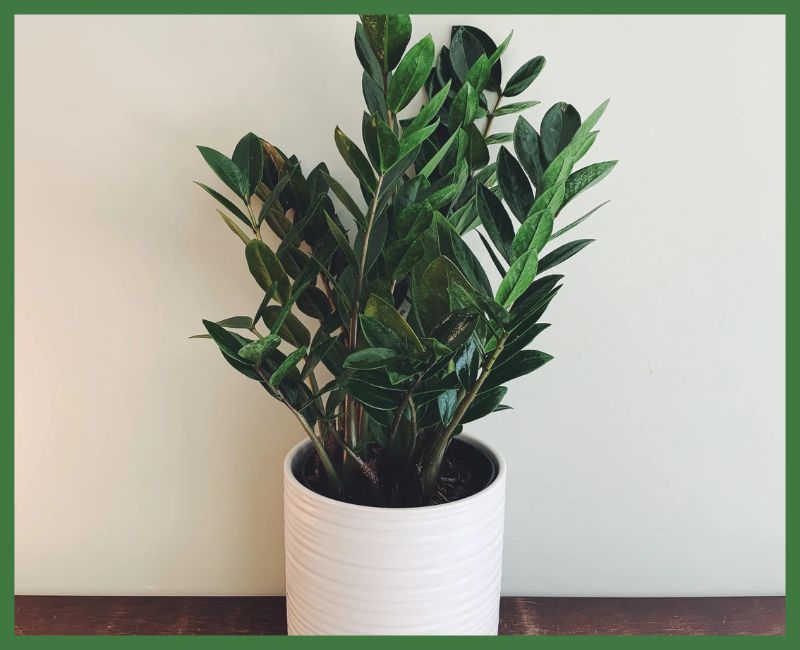
The ZZ plant is a low-maintenance plant that’s perfect for beginners. It grows slowly but doesn’t need much light, making it ideal for small, dimly lit rooms.
Soil Requirements:
A well-draining potting mix with some sand or perlite is ideal for the ZZ plant.
Care Tips:
- Water when the soil is dry.
- Keep in low to moderate light.
Why They’re Great for Small Spaces:
The ZZ plant is compact and thrives in low-light conditions, requiring little attention.
10. Cast Iron Plant
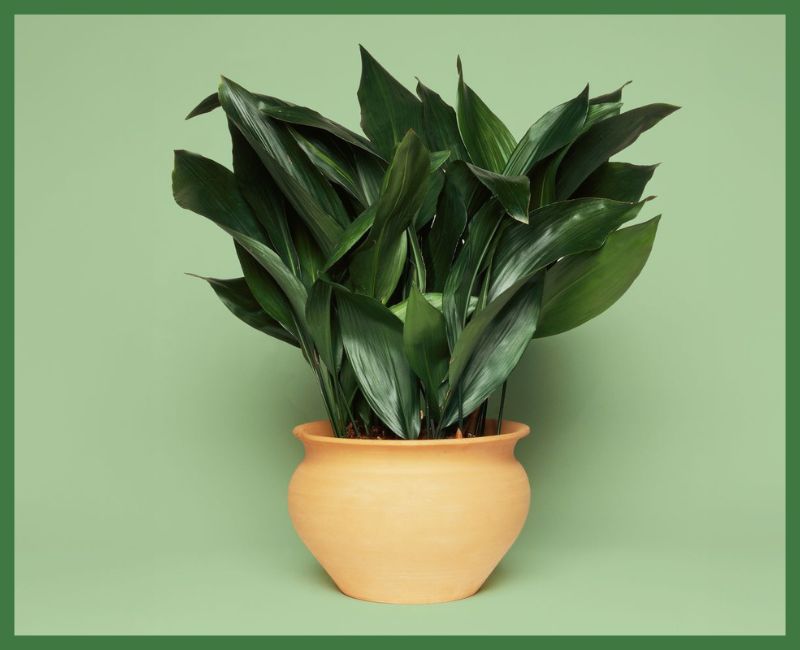
The cast iron plant lives up to its name—it’s nearly indestructible and perfect for small spaces with low light. Its broad, dark green leaves add a touch of elegance to any room.
Soil Requirements:
A well-draining potting mix with organic matter is ideal for cast iron plants.
Care Tips:
- Water sparingly, allowing the soil to dry between waterings.
- Keep in low light or shaded areas.
Why They’re Great for Small Spaces:
Cast iron plants tolerate low light and neglect, making them perfect for those with a busy lifestyle.
Seasonal Care Guide: Protecting Plants During Cold Weather
Cold weather can be challenging for indoor plants, especially in small spaces where temperature fluctuations are common. Here’s how you can protect your plants during winter:
- Insulation: Move your plants away from windows and doors where cold drafts can reach them. If your space is particularly chilly, consider wrapping the pots in bubble wrap or placing them in a warmer room.
- Sunlight: Since daylight hours are shorter in winter, make sure your plants get enough light. If necessary, move them closer to a window or use a grow light to supplement sunlight.
- Watering: Plants require less water during the winter months. Reduce your watering frequency and allow the soil to dry out between waterings to prevent root rot.
- Humidity: Indoor heating can dry out the air, so use a humidifier or mist your plants to maintain humidity levels.
- Fertilizing: Avoid fertilizing your plants during winter, as they tend to go dormant and don’t require extra nutrients.
Growing plants in small spaces is not only possible but rewarding. By choosing the right plants and providing the proper care, you can transform even the tiniest corner into a lush, green oasis.
FAQs about Small Space Plants





